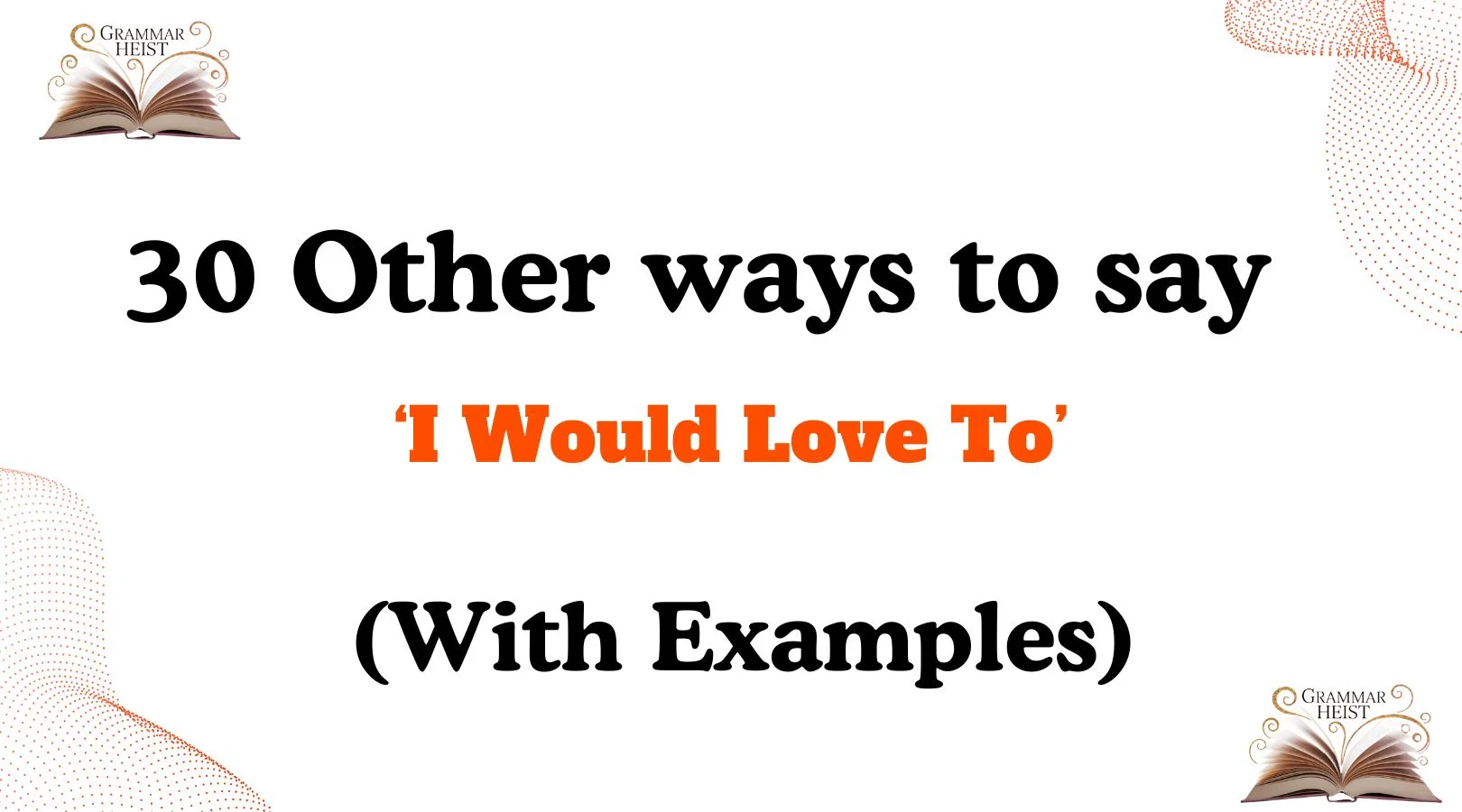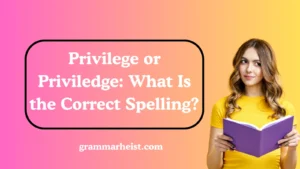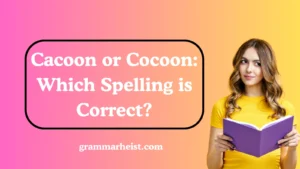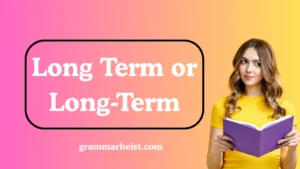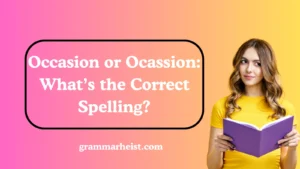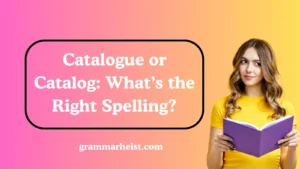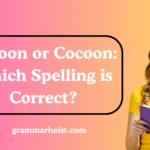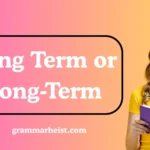Finding the right words when expressing warmth, excitement, or genuine interest can make conversations feel more personal, thoughtful, and meaningful. Saying “I would love to” is already a positive phrase, but sometimes you want to add variety, professionalism, or creativity to your communication. Below, you’ll find 30 empathetic, conversational, and professional alternatives that help you show enthusiasm while still keeping your tone warm and caring.
What Does “I Would Love To” Mean?
The phrase “I would love to” expresses enthusiasm, willingness, and excitement about participating in something, agreeing to an idea, or showing interest. It combines both positive intent and emotional warmth, making it a common choice in personal and professional conversations.
Is It Professional/Polite to Say “I Would Love To”?
Yes, saying “I would love to” is both professional and polite, depending on the context. In the workplace, it signals eagerness without being too formal. In personal conversations, it communicates warmth, connection, and care.
Pros or Cons
Pros:
- Shows genuine excitement and eagerness.
- Sounds warm and approachable.
- Works in both personal and professional settings.
Cons:
- Can feel overly casual in very formal communication.
- Repeated use might make it lose impact.
- May sound too enthusiastic in contexts requiring neutrality.
Synonyms For “I Would Love To”
- I’d Be Delighted
- That Sounds Wonderful
- Count Me In
- I’d Be Thrilled
- That Would Be Amazing
- I’d Gladly Do That
- It Would Be My Pleasure
- I’d Really Enjoy That
- That Works Perfectly for Me
- I’d Love Nothing More
- I’d Be Excited To
- I’d Be Happy To
- That Would Be Great
- Absolutely, I’m In
- I’d Be Honored
- I Can’t Wait
- That’s Perfect
- I’m All For It
- With Great Pleasure
- That Would Be Fantastic
- I’d Jump at the Chance
- I’d Love to Be Part of That
- That’s Exactly What I Want
- Nothing Would Make Me Happier
- I’m On Board
- I’d Be Overjoyed
- That Would Be Lovely
- I’d Welcome That
- I’d Appreciate the Opportunity
- I’m Very Open to That
1. I’d Be Delighted
Scenario: When you want to show joy and politeness.
Examples:
- I’d be delighted to join the meeting tomorrow.
- I’d be delighted to help you with that project.
- I’d be delighted to attend your event.
Tone: Formal yet warm.
Explanation: “Delighted” conveys happiness and honor, making it especially professional.
2. That Sounds Wonderful
Scenario: When responding positively to a plan or idea.
Examples:
- That sounds wonderful, I’d be happy to join.
- That sounds wonderful—thank you for including me.
- That sounds wonderful, I’ll make sure to be there.
Tone: Friendly and enthusiastic.
Explanation: Highlights pleasure and positivity in a conversational way.
3. Count Me In
Scenario: When confirming participation casually.
Examples:
- Count me in for Friday’s lunch.
- Count me in, I’d love to be part of it.
- Count me in if you need extra help.
Tone: Casual, approachable.
Explanation: Great for informal or friendly contexts.
4. I’d Be Thrilled
Scenario: Showing strong excitement.
Examples:
- I’d be thrilled to speak at your event.
- I’d be thrilled to collaborate with you.
- I’d be thrilled to attend the celebration.
Tone: Highly enthusiastic.
Explanation: Best when you want to show strong passion or joy.
5. That Would Be Amazing
Scenario: Responding with enthusiasm about an opportunity.
Examples:
- That would be amazing—I’d love to help.
- That would be amazing, thank you for inviting me.
- That would be amazing, I’ll definitely join.
Tone: Excited, casual-professional.
Explanation: Adds genuine energy and friendliness.
6. I’d Gladly Do That
Scenario: Offering help with willingness.
Examples:
- I’d gladly do that for the team.
- I’d gladly take on that task.
- I’d gladly join the discussion.
Tone: Cooperative, supportive.
Explanation: Conveys readiness and positivity.
7. It Would Be My Pleasure
Scenario: Formal acceptance.
Examples:
- It would be my pleasure to assist you.
- It would be my pleasure to attend.
- It would be my pleasure to support your idea.
Tone: Polished, professional.
Explanation: A respectful and elegant alternative.
8. I’d Really Enjoy That
Scenario: Expressing personal joy.
Examples:
- I’d really enjoy that trip.
- I’d really enjoy helping with the project.
- I’d really enjoy catching up.
Tone: Friendly and warm.
Explanation: Highlights personal happiness in joining.
9. That Works Perfectly for Me
Scenario: Confirming plans or timing.
Examples:
- That works perfectly for me, thank you.
- That works perfectly for me—let’s confirm.
- That works perfectly for me, I’ll be there.
Tone: Clear, practical.
Explanation: Balances positivity with practicality.
Read More:30 Other Ways to Say ‘best practice professionally’ (With Examples)
10. I’d Love Nothing More
Scenario: Expressing deep eagerness.
Examples:
- I’d love nothing more than to attend.
- I’d love nothing more than to help.
- I’d love nothing more than to meet you.
Tone: Strong emotional emphasis.
Explanation: Shows extra enthusiasm and care.
11. I’d Be Excited To
Scenario: When you want to show genuine anticipation.
Examples:
- I’d be excited to work with your team.
- I’d be excited to present my ideas at the meeting.
- I’d be excited to attend the upcoming event.
Tone: Positive, energetic.
Explanation: This phrase conveys optimism and eagerness, making it great for both work and personal use.
12. I’d Be Happy To
Scenario: Expressing helpfulness or willingness.
Examples:
- I’d be happy to assist with the proposal.
- I’d be happy to review the document.
- I’d be happy to attend the session.
Tone: Supportive, kind.
Explanation: Simple and effective, it shows warm willingness without exaggeration.
13. That Would Be Great
Scenario: Agreeing with positivity.
Examples:
- That would be great, thank you for the invite.
- That would be great, I’ll join the call.
- That would be great, I can help with that.
Tone: Friendly and easy-going.
Explanation: A neutral yet warm response—perfect for casual professionalism.
14. Absolutely, I’m In
Scenario: Showing full commitment.
Examples:
- Absolutely, I’m in for the project.
- Absolutely, I’m in for Friday’s event.
- Absolutely, I’m in to help with this task.
Tone: Confident and enthusiastic.
Explanation: Strongly signals readiness and agreement.
15. I’d Be Honored
Scenario: Accepting a special invitation or responsibility.
Examples:
- I’d be honored to speak at your event.
- I’d be honored to serve on the committee.
- I’d be honored to contribute to your cause.
Tone: Respectful and formal.
Explanation: Conveys deep appreciation and humility.
16. I Can’t Wait
Scenario: Expressing excitement in casual settings.
Examples:
- I can’t wait to see you tomorrow.
- I can’t wait to join the celebration.
- I can’t wait to start working together.
Tone: Fun, casual, enthusiastic.
Explanation: Adds energy and anticipation, best for personal and informal work settings.
17. That’s Perfect
Scenario: Agreeing to plans or offers.
Examples:
- That’s perfect, I’ll be there.
- That’s perfect, thank you for arranging it.
- That’s perfect, I’ll take that opportunity.
Tone: Clear, reassuring.
Explanation: Communicates approval and satisfaction.
18. I’m All For It
Scenario: Supporting an idea or decision.
Examples:
- I’m all for it—let’s move forward.
- I’m all for it, sounds like a great plan.
- I’m all for it, count me in.
Tone: Supportive, optimistic.
Explanation: A phrase that shows enthusiasm and full agreement.
19. With Great Pleasure
Scenario: Accepting with politeness and warmth.
Examples:
- With great pleasure, I’ll join the dinner.
- With great pleasure, I’ll help with the project.
- With great pleasure, I’ll attend the ceremony.
Tone: Formal and gracious.
Explanation: Elegant choice for professional invitations.
20. That Would Be Fantastic
Scenario: Responding enthusiastically.
Examples:
- That would be fantastic, I’ll participate.
- That would be fantastic, thank you for asking.
- That would be fantastic, I’ll join.
Tone: Vibrant, friendly.
Explanation: Expresses energy and excitement with charm.
21. I’d Jump at the Chance
Scenario: Showing eagerness for rare opportunities.
Examples:
- I’d jump at the chance to work with your team.
- I’d jump at the chance to visit your office.
- I’d jump at the chance to collaborate.
Tone: Passionate, eager.
Explanation: Best when highlighting special opportunities.
22. I’d Love to Be Part of That
Scenario: Accepting a collaborative role.
Examples:
- I’d love to be part of your project.
- I’d love to be part of the discussion.
- I’d love to be part of the event.
Tone: Warm, inviting.
Explanation: Reinforces team spirit and inclusiveness.
23. That’s Exactly What I Want
Scenario: Confirming shared goals.
Examples:
- That’s exactly what I want—thank you.
- That’s exactly what I want, let’s do it.
- That’s exactly what I want, I’m in.
Tone: Affirmative, clear.
Explanation: Aligns agreement with enthusiasm.
24. Nothing Would Make Me Happier
Scenario: Showing heartfelt eagerness.
Examples:
- Nothing would make me happier than to attend.
- Nothing would make me happier than to help.
- Nothing would make me happier than to join.
Tone: Emotional, caring.
Explanation: Deeply warm—best for personal connections.
25. I’m On Board
Scenario: Confirming commitment.
Examples:
- I’m on board with the plan.
- I’m on board to help with the project.
- I’m on board for the next step.
Tone: Confident, supportive.
Explanation: Professional and simple way to show agreement and readiness.
26. I’d Be Overjoyed
Scenario: Expressing strong happiness.
Examples:
- I’d be overjoyed to celebrate with you.
- I’d be overjoyed to contribute.
- I’d be overjoyed to attend the event.
Tone: Emotional and positive.
Explanation: Strongly conveys happiness and excitement.
27. That Would Be Lovely
Scenario: Accepting warmly in casual contexts.
Examples:
- That would be lovely, I’d enjoy it.
- That would be lovely, thank you for inviting me.
- That would be lovely, I’ll join in.
Tone: Gentle, kind.
Explanation: Creates a soft, pleasant impression.
28. I’d Welcome That
Scenario: Showing open acceptance.
Examples:
- I’d welcome that opportunity to collaborate.
- I’d welcome that chance to share my input.
- I’d welcome that meeting to discuss further.
Tone: Professional, warm.
Explanation: Balanced tone of openness and gratitude.
29. I’d Appreciate the Opportunity
Scenario: Accepting politely in formal contexts.
Examples:
- I’d appreciate the opportunity to interview.
- I’d appreciate the opportunity to present my work.
- I’d appreciate the opportunity to collaborate.
Tone: Professional, respectful.
Explanation: Best for workplace or career-related settings.
30. I’m Very Open to That
Scenario: Showing flexibility and agreement.
Examples:
- I’m very open to that suggestion
- I’m very open to that idea, let’s discuss further.
- I’m very open to that opportunity.
Tone: Professional, receptive.
Explanation: Communicates openness and willingness without over-committing.
Conclusion
Finding the right words to express enthusiasm, willingness, or excitement can make your communication feel more thoughtful, warm, and memorable. While saying “I would love to” is already positive, using alternatives allows you to match your tone to the situation—whether it’s professional, casual, or heartfelt.
By choosing from these 30 alternatives, you can show genuine interest, care, and flexibility, making every invitation, offer, or opportunity feel special. Whether you want to sound friendly, formal, excited, or supportive, there’s a phrase here that will resonate with your audience and leave a positive impression.
Remember: Words matter. Small changes in phrasing can make your message feel personal, considerate, and engaging, helping you communicate with warmth and confidence every time.

Emma Brooke is a passionate advocate for effective communication and language mastery. As a dedicated professional in the field of grammar and writing, Emma brings a wealth of knowledge and expertise to those seeking to improve their linguistic skills. With a focus on clarity, precision, and style, Emma Brooke is committed to helping individuals refine their language use to communicate confidently and effectively.
